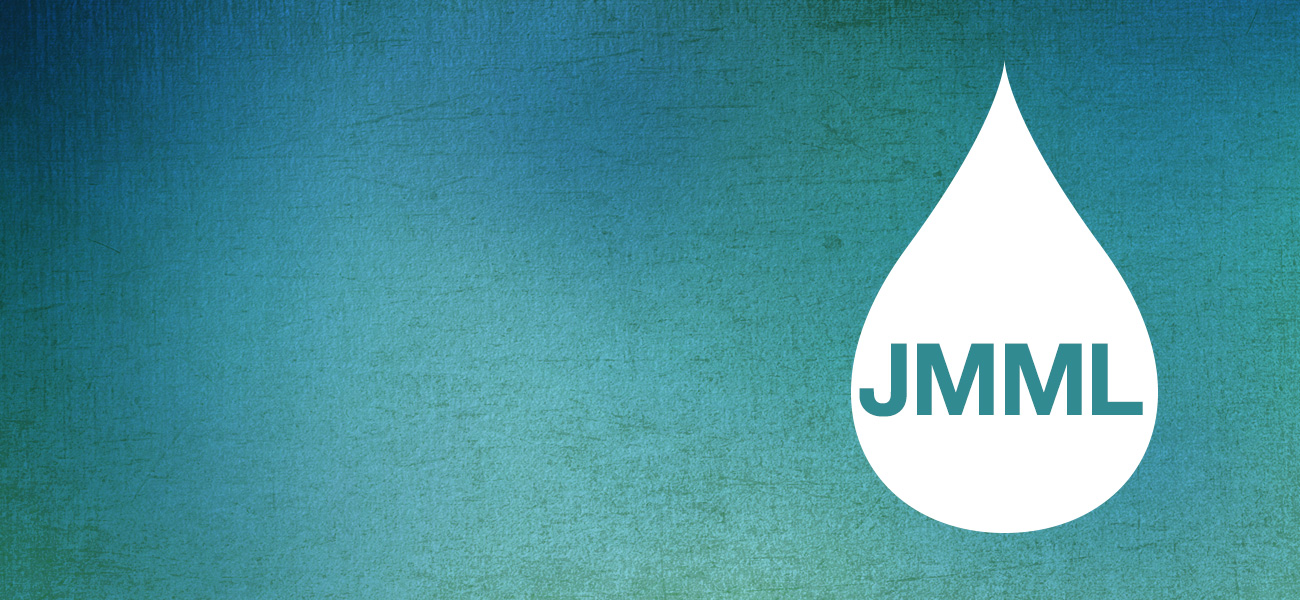Juvenile myelomonocytic leukemia (JMML)
- Is an uncommon blood cancer that have overlapping features of two other types of blood cancers. The World Health Organization (WHO) has classified juvenile myelomonocytic leukemia (JMML) as a “myelodysplastic/ myeloproliferative neoplasm.”
- Is most commonly diagnosed in infants and children younger than 4 years old
- Accounts for about 1-2 percent of all childhood leukemia cases
- Is more prevalent in males
- Is also called:
- Juvenile chronic myeloid leukemia
- CMML of childhood
- Chronic and subacute myelomonocytic leukemia
- Infantile monosomy 7 syndrome
 Caring for Kids and Adolescents with Blood Cancer: A Workbook for Families
Caring for Kids and Adolescents with Blood Cancer: A Workbook for Families
Download or order a copy of the workbook which provides information, resources and worksheets to use throughout your child's cancer journey. Call an Information Specialist at 800.955.4572 to order a copy.
What You Should Know
- Many individual factors influence outcomes.
- Hematologists and oncologists are specialists who treat people who have JMML or other types of blood cancer.
What You Should Do
- Talk with your doctor about your child's diagnostic tests and what the results mean.
- Seek treatment in a cancer center where doctors are experienced in treating patients with leukemia.
- Ask your doctor whether a clinical trial is a good treatment option for your child.
 To download lists of suggested questions to ask your healthcare providers, click here.
To download lists of suggested questions to ask your healthcare providers, click here.
How Does JMML Develop?
The DNA (genetic material) of a developing stem cell in the bone marrow is damaged. This is called an “acquired mutation.”
- Stem cells form blood cells (red blood cells, white blood cells and platelets).
The abnormal change(s) affects a white blood cell called a monocyte.
- Normally, monocytes make up about 5 percent to 10 percent of cells in our blood. Monocytes, along with other white cells called neutrophils, are in charge of ingesting and killing microbes (germs) in the blood. When monocytes leave the blood and enter the tissues, they can attack invading organisms and help combat infection and assist other blood cells such as lymphocytes in carrying out their immune function.
- In JMML, monocytes multiply uncontrollably and crowd out normal white blood cells, red blood cells and platelets. Usually these monocytes appear abnormal and not fully mature.
As a result, the number of healthy blood cells (red blood cells, white blood cells and platelets) is usually lower than normal.
- Anemia is a condition when there is a low number of red blood cells in the blood which can cause fatigue and shortness of breath.
- Neutropenia is a condition when there is a low number of neutrophils (a type of white blood cell important in fighting infections).
- Thrombocytopenia is a condition when there is a low number of platelets which can cause bleeding and easy bruising with no apparent cause.
- Low numbers of all three blood cell counts is called pancytopenia.
Risk Factors
Doctors don't know why some cells become juvenile myelomonocytic leukemia (JMML) and others don't.
Scientists have established a link between JMML and a rare genetic condition called neurofibromatosis 1.
Source: Chronic Myelomonocytic Leukemia (CMML) and Juvenile Myelomonocytic Leukemia (JMML). Reviewed by Mrinal Patnaik, MBBS and Elliot Stieglitz, MD.
Helpful Resources:
- Webcasts
- Videos
- Information Booklets
- Financial Support
- Online Chats
- LLS Community
- Peer-to-Peer Support
- Support Groups
- eNewsletters
